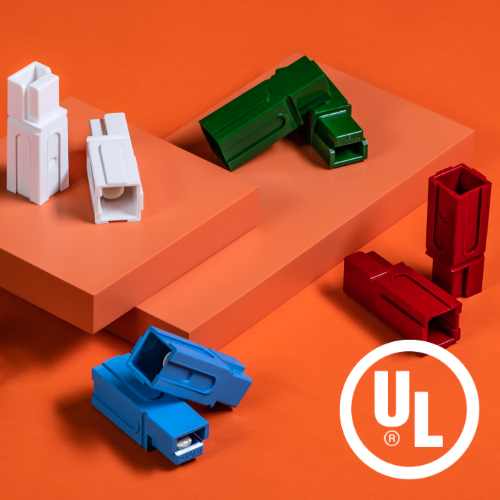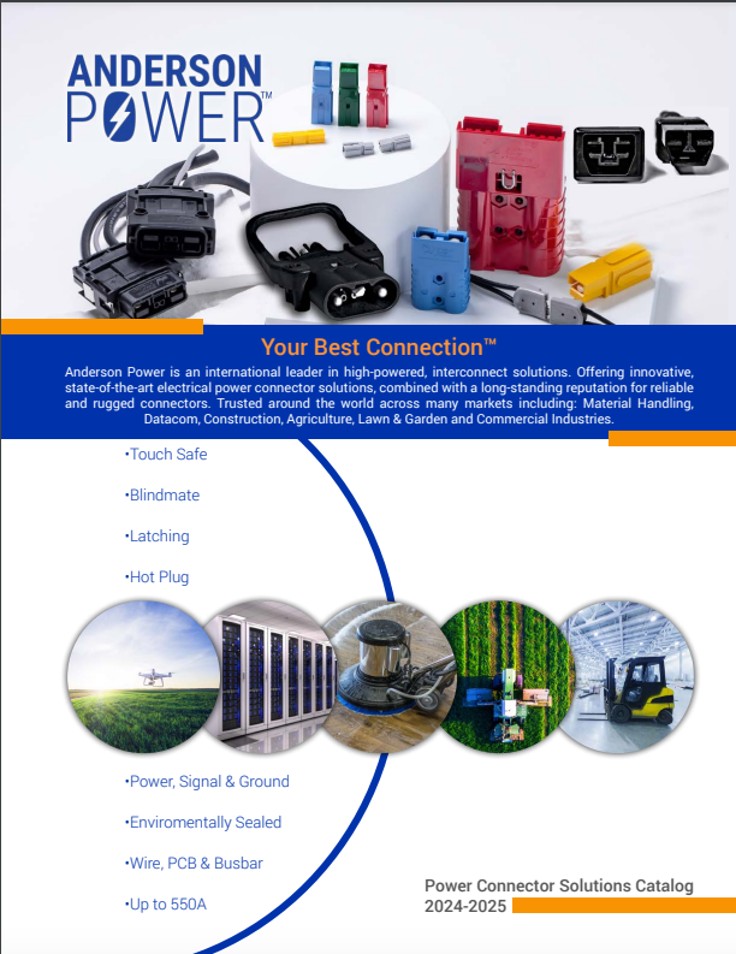This event would go down as one of the most horrific tragedies that could have been prevented by proper safety regulation implementation.
It also played a major role in the inception of the UL Mark in the United States, when William Henry Merrill Jr. opened his first laboratory 1894, incorporated in the state of Illinois and dedicated to the design and implementation of evolving safety standards.
Merrill was dumbfounded by the catastrophic failure of the fire extinguisher. The Iroquois theater owners, the fire inspector and the county building commissioner all guaranteed the safety of those inside based upon the existence of this fire extinguisher. Later, after examining the equipment in question, a fire marshal declared it was merely ten cents worth of baking soda in a five-cent tin tube that was sold for three dollars and named a fire extinguisher.
“Unfortunately, there was nothing “make-believe” about the fire, and the result was, and always will be, very real to the families and the friends of over six hundred women and children, whose lives were sacrificed that a man might make a profit of two dollars."
In the very beginning, Underwriter Laboratories’ work consisted mostly of testing products and materials, followed by result reporting. This method proved to be not comprehensive enough, so Merrill and his engineers would stop by factories to examine UL-certified devices that utilized the materials they had previously tested. Over time, it became apparent that there was a major need for a regular and formal inspection schedule: corners could be cut, cheaper materials used, and equipment could be worn out. This meant that there ultimately could be unsafe versions of certified devices in the marketplace bearing the UL certification, negating their entire purpose.
With both contracts in place and a team of inspectors whose sole job description was to visit factories regularly and inspect products, UL was able to confirm during the production process that the products bearing the marking “Underwriters’ Laboratories,” truly meant consumers could be reassured that this product was safe to buy and use.
The ongoing expansion of the UL services showed Merrill’s passion for improving and promoting safe working and living environments for people everywhere. They were dedicated to mobilizing an organization would work to ensure a similar tragedy would not occur again.
The first UL labels were for safety products like fire extinguishers, followed by labels for conduit, window frames, wiring, fire doors, and other fittings. In the early 1900s, the sale of these labels could be tracked in a single ledger. Today, UL markings appear annually on more than 22 billion products worldwide.
UL in the Modern World
Underwriters Laboratories is now recognized as a global safety science company with more than a century of expertise in a wide scope of safety solutions including certifications, programs and products.
The UL Certification Mark is easily the most widely recognized and trusted symbol of safety internationally, with a clear emphasis on ever-changing regulatory demands. As a gold standard, it sets the bar for both manufacturers and suppliers, and allows customers to expect quality products that adhere to protocols that ensure both safety and performance.
For over a hundred years, UL has been the ongoing developer of safety standardizations. The UL logo is familiar to those who aren’t even aware of what it means, as it has become commonly displayed on anything that is connected to a power source.
UL certifications are important for a reason: they help prevent electrical shock, personal injury, and encourage fire safety. These standards are the biggest drivers of the UL certification process, and they’re reflected in over 1500 guidelines currently published. UL will certify products, manufacturing processes and, in some circumstances, entire facilities.
A product bearing a UL listing means that it is certified to safely perform its job as intended. These products earn this certification by undergoing rigorous standardized compliance testing, developed to adhere to code enforcement authorities. Presumed safety and optimum function are among these standards.
Since establishing these gold standards for materials safety, design and implementation, UL has continued to develop their processes using scientific methods and ongoing research. These standards are deployed to interrupt the design process if needed, eliminating unnecessary risks to everyone involved—even the people in charge of the manufacturing process.
Underwriters’ Laboratories quickly learned that they don’t have infinite resources, so they set up a system of in-house certifiers. With this method, they can deploy their standards throughout an organization more easily and effectively than before.
By eliminating the need for constant visits by outside consultants and instead involving manufacturers in their certification process, stringent safety standards can be set and met regularly, and quality products can be assured on an ongoing basis.
Initially, a UL representative visits the manufacturers and examines their operation, walking through tests that are necessary to achieve these standards, the equipment that is needed to perform these tests, and the competencies for their employees to have and sustain. Once a plan is implemented, UL works to continuously audit the organization to ensure proper compliance of these methods.
An Ongoing Partnership
Anderson Power knows that this internal UL approved-testing capability is immensely beneficial to both our design process and minimizing our new product to implementation time. Not only are our customers assured they will have a properly functioning, safe and reliable product—we are also able to pass the cost and time savings on to them.
Especially in new product design circumstances, Anderson Power achieves a standard of production and quality that would only exist with an in-house UL approved-testing capability process. We have been certified since 2001, with the deployment of an internal team approved directly by UL, made up of engineers, technicians, and design experts that are versed in UL processes and benchmarks.
One of the major standards met by Anderson Power is UL 1977, applying to Component Connectors for Use in Data, Signal, Control and Power applications. This standard applies to all single- and double-poled connectors, illustrating both safety and quality regulations for every connector designed and manufactured by the company.
To any discriminating customer, this specific UL approved-testing capability is necessary, and most will only consider manufacturers bearing this mark. With the wealth of institutional knowledge at the hands of the Anderson Power UL team, both new products and implementation of off-the-shelf products can be assured to be effective and safe. Since UL listings are determined by this neutral third-party, it remains an unbiased and protective intermediary and provides value to both the manufacturer and the consumer.
Hot-plug testing is an example of a process in place to confirm the proper performance of all connectors and determine potential fail points prior to their market release. This process also guarantees continuous product improvements, even if it means a design change that goes all the way back to the drawing board. These tests provide tremendous value to product engineers, since they can diagnose potential real-world problems before they exist, and prevent possible injury, equipment damage, or even just improper performance.
Even though connectors are passive components, losing connectivity can mean losing countless dollars. Continuity of service, whether it is power, data, or a combination of the two—is exceedingly important in the modern world.
Relationship between NEC and UL
Any electrical engineer, contractor or technician in the electrical space is familiar with the NEC. The NEC works with the Underwriters’ Laboratories to further establish proper implementation of products in the field. Since the NEC is focused on context (where a product will be used and why), they are able to apply UL standards to their own codes, and UL uses NEC guidelines to develop standards for how products are used.
While it may seem confusing, each entity does their part to further guarantee proper operation down the line. Redundancy is necessary simply because context is important: production guidelines are important, but if the setting in which the product is deployed is incorrect, they are useless.
The average person takes UL Listings and NEC Codes for granted. Many know they’re there, but continuous development and compliance with these standards ensures we can depend upon products to perform correctly and safely, time after time. New requirements are implemented as technology changes, and Anderson Power is part of this evolution—from the design process to production and, ultimately, implementation.
Values of In-House Approved-Testing Capability to Customers
As a third-party independent entity, UL approved-testing capabilities retain enormous value to the end-user, as well as any business that desires to adhere to a certain level of quality, reliability, and safety. It’s not just an added benefit—to some vendors it’s a selling point, while to others it’s completely necessary. Many complex hardware solutions leave nearly zero room for error and require a level of standardization that most providers simply cannot meet.
This added testing capability even more value for businesses and the customers we service, decreasing lead times and further preventing any misfires upon installation or even further along during implementation. This prevents costly downtimes and decreases the potential for issues in the future.
Anderson Power became certified to do in-house UL approved testing on connectors covered under UL 1977 in 2001. Even though it came at a significant cost, the value of this certification could easily be measured in several ways—with one of the most important being major reductions in lead time to production, typically a minimum of 8 weeks on average and greatly improves customer time to market revenue.
Anderson Power offset the approved-testing investment after less than a dozen new product programs. Now we pass these savings onto our clientele and ensure stringent standards while avoiding approval delays from external certifiers.
Additional benefits of in-house UL approved testing include being able to staff NPI engineers that verify new product performance within and during the design/manufacturing process, rather than discovering ‘surprises’ at an outside lab. This approved-testing capability also further assures proper configuration performance once installed by the end user. Anderson Power even runs our internal testing in parallel with the UL project quotation, enabling some approvals within 4 to 6 weeks, with Notice of Authorization in just 2 to 3 weeks.
Retaining an UL In-House approved-testing facility provides additional reassurance to customers who are making a significant investment in new product designs and furthers the level of confidence in our ability to test on time or even ahead of schedule.
The cost savings from in-house testing are undeniable as well, especially apparent as new technologies and materials are added, decreasing lead times for new products all while adhering to the same stringent safety and performance standards.
The Anderson Power in-house UL approved-testing facility makes us a key differentiator in the market. Our dedication to innovation, through advanced testing and rigorous quality inspections, ensure our products are Your Best Connection™.








